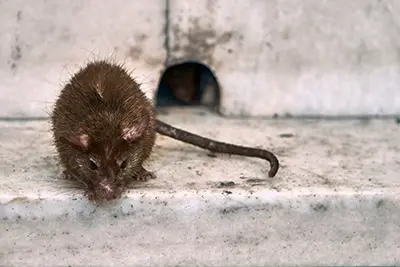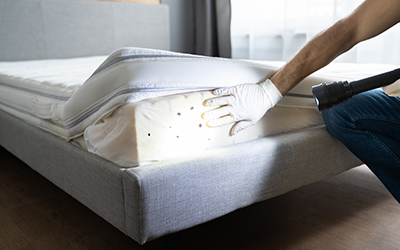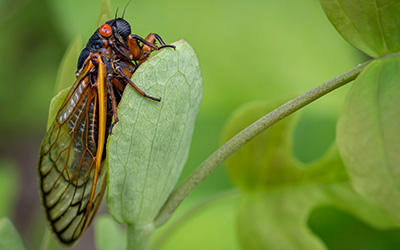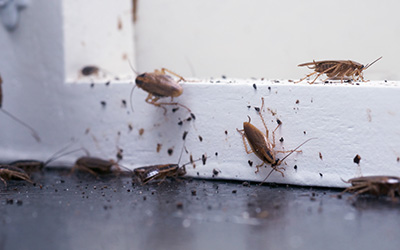As the weather gets colder, pests are looking for places to hunker down for the winter. Rats and mice live near humans because we offer an easy source of all the things they need – food, water, and shelter. Unfortunately, your business could be the ideal place for rodents to overwinter. This exposes you, your clients, and your employees to all the risks that rodents bring with them.
Rodents can cause structural damage, contaminate inventory, and spread disease – but with rodent exclusion services from the Batzner Pest Control team, you stand the best chance of keeping those pesky pests out of your business.
How Rats and Mice Could Harm Your Business
No matter what type of business you run – from restaurants to hotels and more – keeping rodents out is vital. Below are just a few ways that rats and mice are bad for your business.
- Disease and contamination. Rats and mice (and the parasites that live in their bodies) can carry a number of diseases such as hantavirus, salmonellosis, and rat bite fever. They can also contaminate food and other inventory with bacteria.
- Property damage. Did you know rodent teeth never stop growing? That’s why they chew things; to keep their teeth from overgrowing. This constant need to gnaw, combined with their extremely strong teeth, means they will chew anything they can get their paws on – whether it’s your furniture, drywall, and even certain types of metal. If they chew through your wiring, they can even present a fire hazard.
- Reputation damage. News travels fast these days, and a rodent encounter will certainly be the first thing a customer will mention in their reviews of your business. Even a single rodent could cause a chain reaction that ruins your business’s reputation.
How Batzner Pest Control’s Rodent Exclusion Services Can Help
Rodent exclusion involves sealing up gaps and cracks in a structure to prevent pests from entering; it’s a proactive approach that aims to stop infestations before they can start. Like all of our services, rodent exclusion can be tailored to your business’s unique needs. Broadly speaking, here are the steps we’ll follow:
- Comprehensive inspection. First of all, we inspect your building thoroughly and look for any signs of infestation, while noting any potential vulnerabilities in the structure. Remember that these vulnerabilities can be extremely small – rats and mice can fit through any gap big enough for them to fit their heads through.
- Exclusion repairs. Once we’ve assessed the problem and made a plan, we start sealing up all the vulnerabilities we found.
- Trapping. For larger wildlife that can’t be easily dealt with otherwise, we use humane traps for removal.
- Ongoing follow-up prevention. Our technicians will check in at regular intervals to make sure that our initial service is still functioning as intended.
Are Batzner Pest Control’s Rodent Control Methods Safe?
Your safety is our top priority. We always use the least-invasive methods possible to solve your problem, and we carefully adhere to all safety guidelines for the products we use. We will attempt mechanical exclusion before resorting to pesticides, but keep in mind that exclusion works best when combined with other treatments.
Choosing the Right Pest Control Partner for Your Wisconsin Business
Every industry has different pest control requirements and regulations. That’s why it’s so important to partner with a company that is specialized in your particular pest control needs. At Batzner Pest Control, we serve a wide variety of industries, such as the following:
- Education and daycare
- Food service
- Healthcare
- Lodging and hospitality
- Manufacturing
- Multi-unit housing
- Property management
- Restaurants
- Warehousing and distribution
- …and more!
Protect Your Business With Batzner Pest Control’s Rodent Exclusion Services
You have enough to worry about as a business owner; let us handle the rodents. The Batzner Pest Control team keeps up with all the latest developments in pest control technology and techniques to keep your business up and running – and keep your pest-related worries out of mind. For 75 years, we’ve helped business owners in Wisconsin and the surrounding areas keep mice, rats, and every other type of pest out of their properties.
Give us a call to get started with a free quote!










